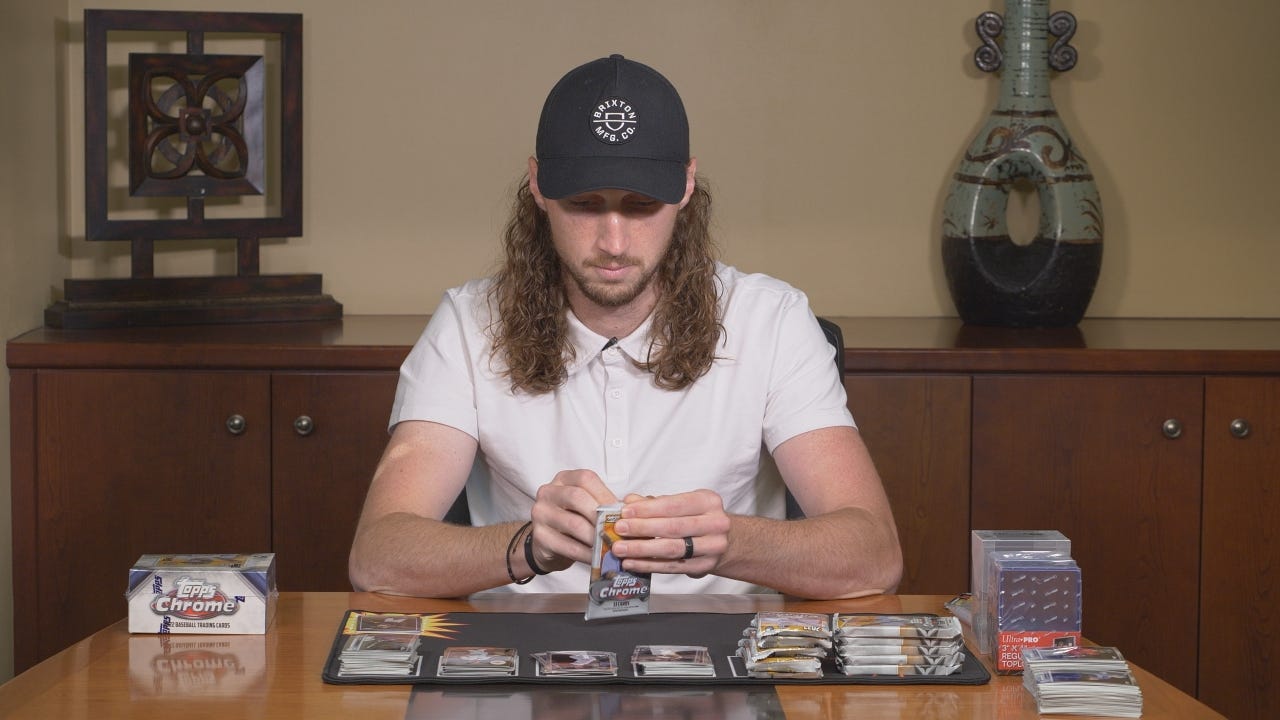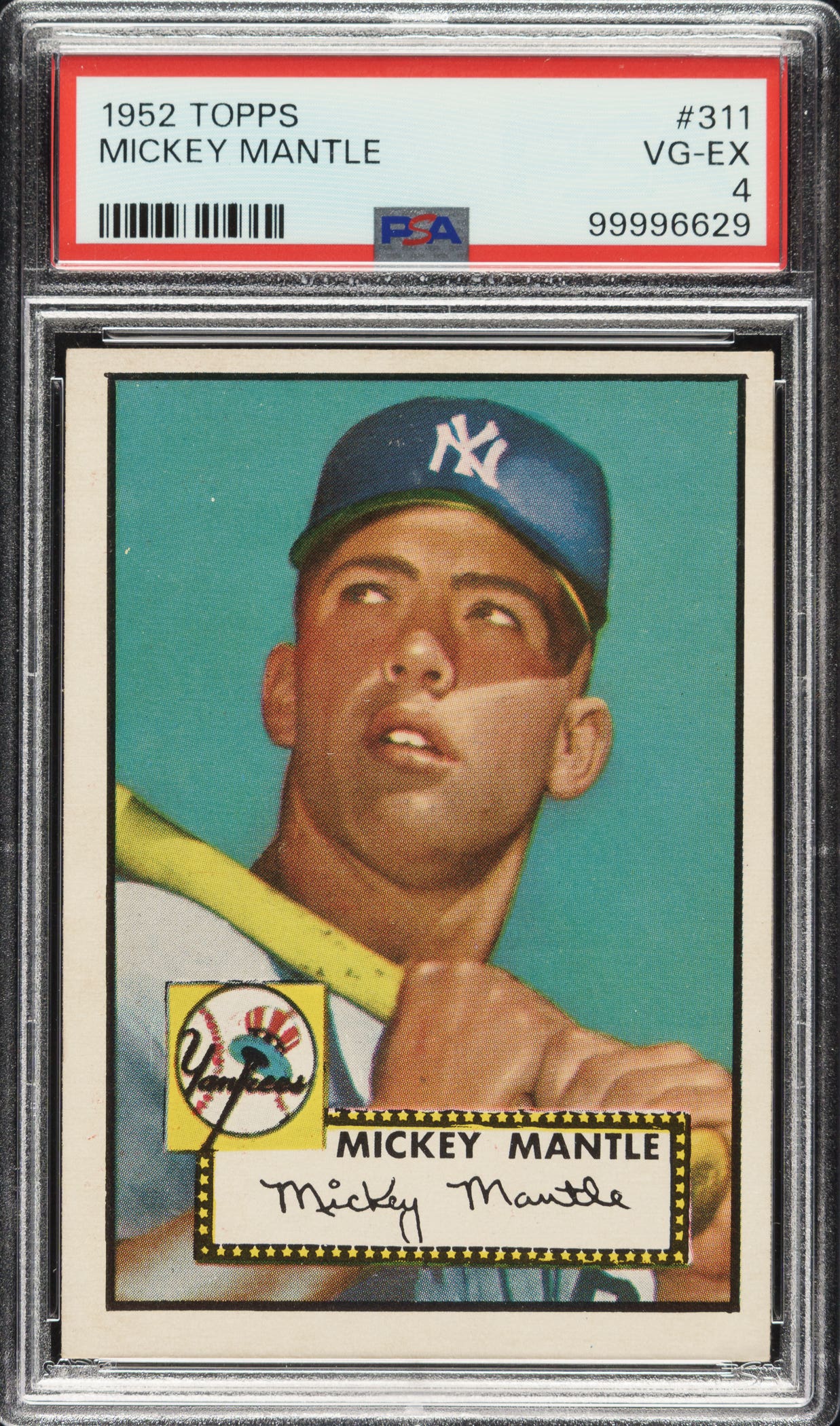
News
Operation Bullpen Endures, Public Fascination Continues
By Kevin Nelson
In Hollywood, a movie is said to have “legs” if it opens strong and keeps selling tickets and drawing audiences long after its premiere.
In the world of memorabilia, Operation Bullpen, the most notorious autograph forgery scheme in American history, clearly has legs of its own.
The FBI’s big bust of the forgery ring took place Oct. 13, 1999. On its 15th anniversary, the case has many claims to fame (or infamy) that will likely never be topped:
– Biggest memorabilia bust ever, with the confiscation of more than $10 million in counterfeit merchandise on that one day alone.
– Biggest one-day FBI takedown in Bureau history, involving 400 federal agents raiding 60 homes and businesses in five states.
– Most memorabilia crooks brought to justice – more than 60, including the man whom FBI agents regarded as the best and most prolific forger they had ever seen.
Operation Bullpen has inspired a popular and influential book now in its second edition (www.operationbullpen.com), countless articles and blogs, ongoing chatter in collector trading forums, a cable TV documentary program, a planned National Baseball Hall of Fame exhibit (since put on hold) and the interest of Hollywood.
Earlier this year, Harlan Werner, described by the media as the “superstar agent” for Muhammad Ali, Sandy Koufax and Sly Stallone (all their signatures were forged aplenty by the Bullpen crooks), acquired the film rights to Operation Bullpen and is now developing it into a movie.
In the interests of full disclosure, I wrote the book about the case and am involved, in a limited way, in the Werner project. In the past week, I’ve fielded three calls from writers wanting to do stories about Operation Bullpen, one of them from Playboy. I recently received two requests from documentary filmmakers to appear on camera to discuss the case. I recently spoke to a local Rotary Club about it.
All of which raises the question: In a world with a 24/7 news cycle in which events have all the staying power of a mosquito, quickly replaced in the public mind by other events with the same brief life expectancy, why does Operation Bullpen hold such fascination for people? Let me propose a few theories.
First, it’s about crime. True crime. When I first went to Hollywood (actually, West Hollywood) to pitch the idea of turning the book into a movie, the producers I spoke to all jumped on that element. It was real, it actually happened. I wasn’t making it up.
Secondly, it is a crime story. People like good stories, especially good crime stories, and Bullpen certainly is that. At the center of things was a forger, one of the best who ever was. He and a bunch of other mostly middle class guys – all sports fans, some of whom used to collect baseball cards as kids – found a way to make money fall from the sky by peddling the fake autographs of Babe Ruth, Mickey Mantle, Michael Jordan, Dan Marino, Tiger Woods and virtually every other superstar athlete from that era.
They sold and distributed these fakes across the Internet, at shops, auctions, around Las Vegas and even on a TV home shopping channel. They did this for years, ripping off the American public for an estimated $100 million and avoiding capture until a determined FBI agent led a three-year undercover investigation into the scam, and after a shocking betrayal by one of the ringleaders eventually brought the whole thing crashing down.
Oh yeah, and the gang also produced one of the most infamous (and absurd, some would say) counterfeits of all time: A baseball supposedly signed by Mother Teresa. Now who wouldn’t like a story like that?
Still, there are even more reasons why this story has legs, in my view. It is not ancient history. The crimes committed by the Bullpen guys (and another group, mainly centered on the East Coast, brought down by the FBI in 2001) are similar to what’s being done every day by a new breed of counterfeiters who operate on eBay, Amazon and other online auction sites where sports and celebrity autographs are bought and sold.
Granted, the racket today is trickier and more complicated than it was 15-20 years ago. After the busts, MLB and other industry players initiated authentication programs designed to protect their business interests as well as provide consumers with some level of assurance that what they are buying is genuine. Law enforcement plays a role, too, making periodic busts of corrupt dealers although, as most everyone in the collecting hobby will tell you, there are still lots of bad actors out there, selling lots of phony stuff.
During my occasional talks to civic groups about the Bullpen case, I start by showing them an ordinary scuffed-up baseball worth maybe $5. Then I hold up another ball, this one signed by Reggie Jackson.
“There is no difference between these two balls,” I say, “except for the fact that one of them has Reggie Jackson’s signature on it. That’s it, that’s the only difference. And because of that, people will now pay $250 (or whatever) for it.”
The audience gets it right away. Substitute that legitimate Reggie sig with a fake one and you have an example of the forger’s deceit in miniature. Multiply that simple scam by the hundreds of thousands – on baseballs, basketballs, footballs, jerseys, photos and posters, with brand-name superstar sigs on all – and it is easy for people to see how Operation Bullpen blew up so big.
Throw some other things into the mix – greed, piles of cash, family, friendship, not to mention the public’s lasting gullibility, indifference and ignorance to the problem – and it is easy to see why Hollywood might someday be interested in putting the story up on screen, too.
Kevin Nelson is the author of “Operation Bullpen: The Inside Story of the Biggest Forgery Scam in American History” (www.OperationBullpen.com).








